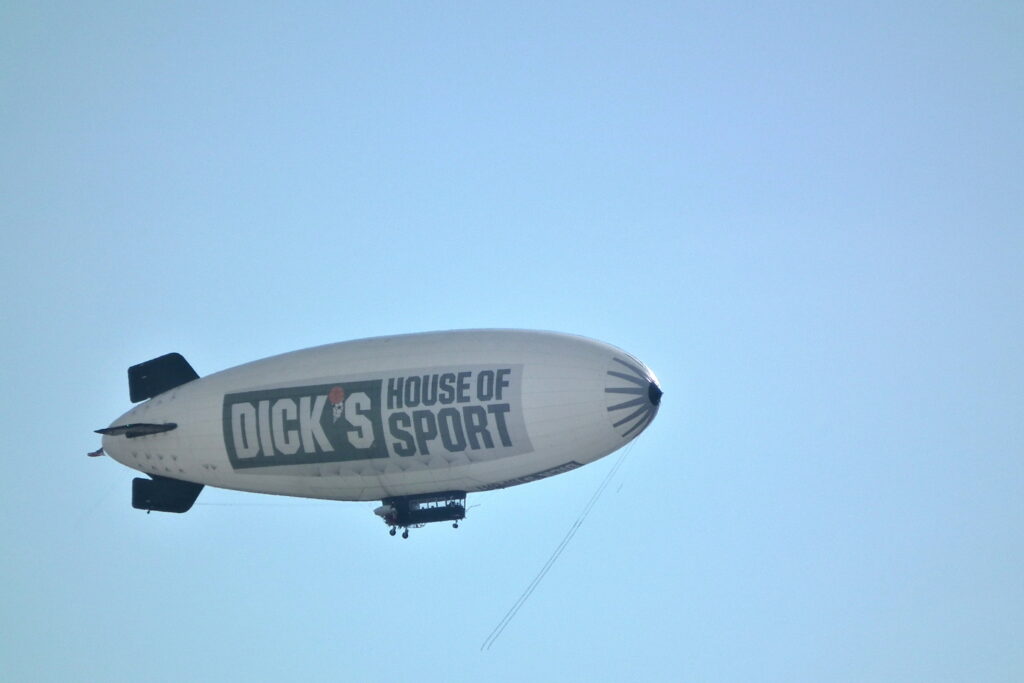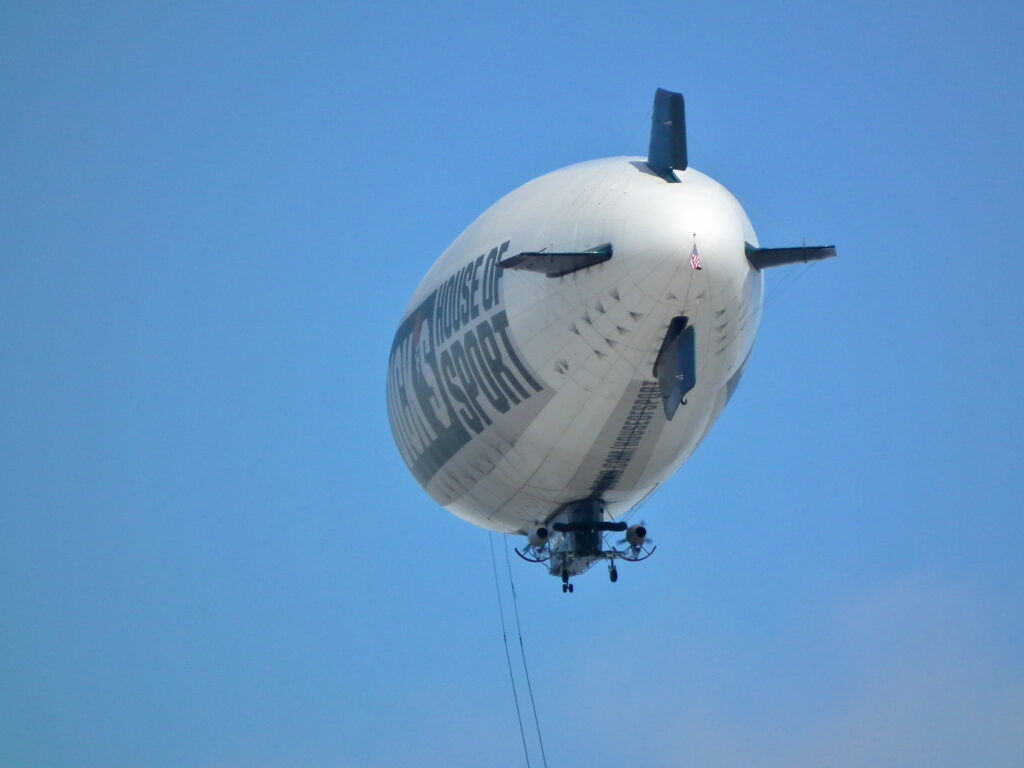
At the intersection of two impossibly narrow alleys downtown is a little remnant of old Pittsburgh from before the age of skyscrapers, and even before the age of six-storey Victorian palaces of commerce. This is the only place downtown where you can get a hint of what back-alley Pittsburgh looked like when the city was mostly confined to the Triangle, and every square foot was inhabited. All the back alleys were crowded with little houses like these. The two tiny two-storey houses may date from as late as the 1880s, when they seem to have replaced frame houses of roughly equal dimensions; but they were built in an indeterminate vernacular style that would not have looked out of place in the Pittsburgh of a hundred years earlier. The taller building on the corner is older, and we can see by the patchwork of bricks that it once had a tiny storefront with a corner entrance.

As small as the building is, and as wide as the lens is on old Pa Pitt’s Fuji HS10, it was still necessary to make a composite picture to get the whole Montour Way front of this little house. Please forgive a bit of glare at the top: the sun was behind the building.

The taller houses behind the tiny ones were preserved by being converted into part of the Harvard-Yale-Princeton Club in 1930.

Today these buildings give us something unique squashed between the looming skyscrapers: one block of the old Pittsburgh, as it looked before the great expansion after the Civil War. We hope they can be preserved. Right now they seem to be in no danger; the Allegheny HYP club is still going, and the other buildings are inhabited by a tailor so exclusive that a small sign on a back alley suffices for advertising.














